#Merovingian
Text
King’s Field Pendant
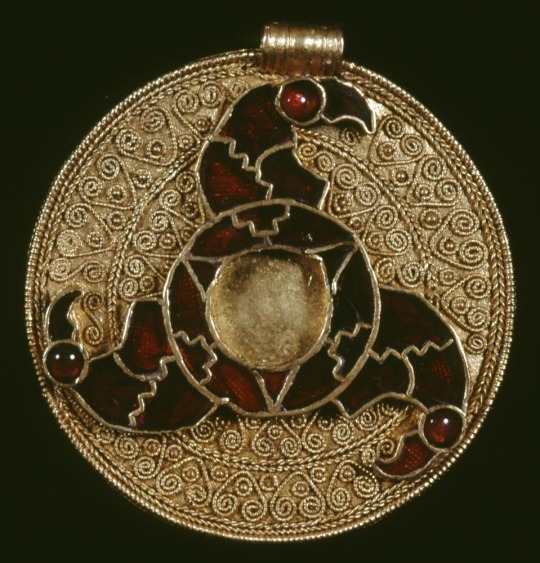
This magnificent pendant is the ultimate proof that the “Dark Ages” is an academic concept. Rather than Europe plummeting into darkness because of the “fall” of the Western Roman Empire, it’s more the lack of academic interest in the Early Middle Ages.
This Anglo-Saxon pendant was found on King’s Field (Kent) and is made of gold and garnet, but decorated extremely intricately with gabuchon, filigree and granulation. The garnet was used to form a triskele with round centre and ending in bird heads. At just 3,5 cm across, this was made by a master craftsman with materials from all over the known world.
The pendant might have been worn on a bit of string or rope, or it may have been worn as part of a glass beaded necklace. The pendant likely belonged to a woman.
The British museum, England
Museum nr. .1145.’70
Found in King’s Field - Kent, England
#merovingian#anglo saxon#viking#Vikings#frankish#carolingian#charlemagne#viking archaeology#germanic archaeology#Merovingian archaeology#Anglo Saxon archaeology#field archaeology#archaeology#field archaeologist#frisian#frisian archaeology#Germanic#jewelry#almandine#garnet#roman empire#western Roman Empire#germanic mythology#viking mythology#Norse mythology#pagan#kent#england#anglo Saxon England#paganism
825 notes
·
View notes
Text

The Sons of Clovis II, also called "Les Énervés de Jumièges"
by Évariste Vital Luminais
#évariste vital luminais#art#merovingian#sons#clovis ii#king#franks#frankish#river seine#france#french#germanic#gaul#history#medieval#middle ages#boat#merovingians#europe#european#legend#jumièges
111 notes
·
View notes
Text
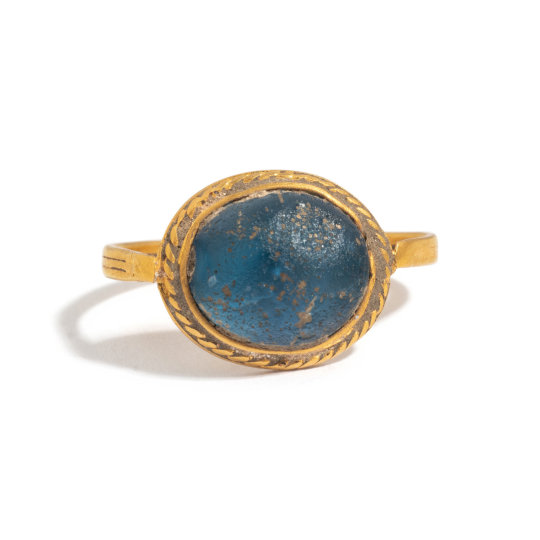

Gold and blue glass ring, Merovingian, 7th century AD
from Hindman Auctions
555 notes
·
View notes
Text
Chinese influences on European dragons in the early Middle Ages
Yesterday, I read a chapter about the Parisian saint Marcellus from the book “Time, Work & Culture in the Middle Ages” by French historian Jacques Le Goff. In it, he alludes to the hypothesis, that dragon depictions from the Merovingian era have been influenced by Chinese motives that have come to Europe through cultures from the Central Asian steppe.
That certainly makes sense to me, since the Huns have had a presence in Europe up until the 5th century, but I’ve never heard of this hypothesis before. Le Goffs sources are all in French (for example “La Civilisation mérovingienne d'aprés les sépultures, les textes et le laboratoire” by Edmond Salin), which I can’t read, and a quick search in Google Scholar didn’t bring up anything interesting.
Does anybody know if this hypothesis is still considered? The book is from the late seventies, so maybe it’s something that never caught on or has been discredited since then, but I haven’t found anything on that, either.
414 notes
·
View notes
Text

#ai art#ai generated#bnwo#ai artwork#interracial#snowbunny#drooly girl#conquered#freydegund#merovingian
70 notes
·
View notes
Text
Archaeological things that make me happy
Early medieval Germanic Buckets

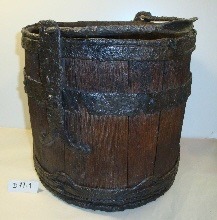

For reasons not really known, the Early Germans attributed an unknown importance to buckets. Both in Anglo Saxon and Merovingian graves can such buckets be found. I’d even call them pretty, and they’re 1500 years old.
1) RMO Leiden, object nr Rh763F, Rhenen-Utrecht, The Netherlands
2) KMKG Brussels, object nr D0077-001, Tienen-Vlaams Brabant, Belgium
3) The British Museum London, object nr 1939,1010.119 , Sutton Hoo - Suffolk, England
#field archaeology#anglos Saxon#germanic#early Germans#Merovingian#Frankish#charlemagne#archaeology#field archaeologist#Sutton hoo
240 notes
·
View notes
Text
‘Armed to the teeth’ with sword, shield, spear more. A fully loaded Merovingian era warrior grave found Germany has given the finders plenty to think about unraveling its story.
73 notes
·
View notes
Photo

I came to the executive decision that it’s high time a helpful chart like this was put together.
Link to the blank chart: https://www.pinterest.co.uk/pin/3729612211225948/feedback/?invite_code=9d596cf6eb0a4a5f9b63139a5f463b12&sender_id=498773864889802256
#the matrix#the matrix memes#neo#thomas anderson#thomas a. anderson#thomas anderson/neo#the merovingian#the oracle#niobe#captain niobe#morpheus#trinity#agent smith#the matrix trinity#persephone#bane#the matrix persephone#the matrix smith#the matrix morpheus#merovingian#the matrix reloaded#the matrix revolutions#the matrix bane#the matrix niobe#the matrix the oracle#alignment chart memes#the matrix neo#the matrix merovingian
90 notes
·
View notes
Text
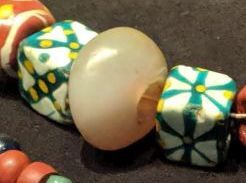
Glass beads from the Viking Age, dated between 800 - 1000 A.D. National Museum of Finland.
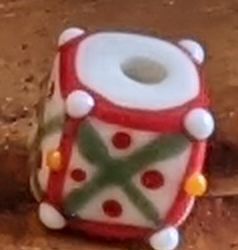
Reconstruction of a glass bead from the Merovingian period (550 - 800 A.D.)
70 notes
·
View notes
Text
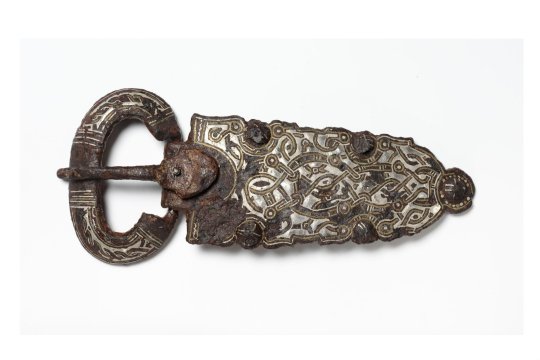
Merovingian belt buckle, 600-700, France
From the Victoria & Albert Museum
15 notes
·
View notes
Text
Birka’s warrior woman
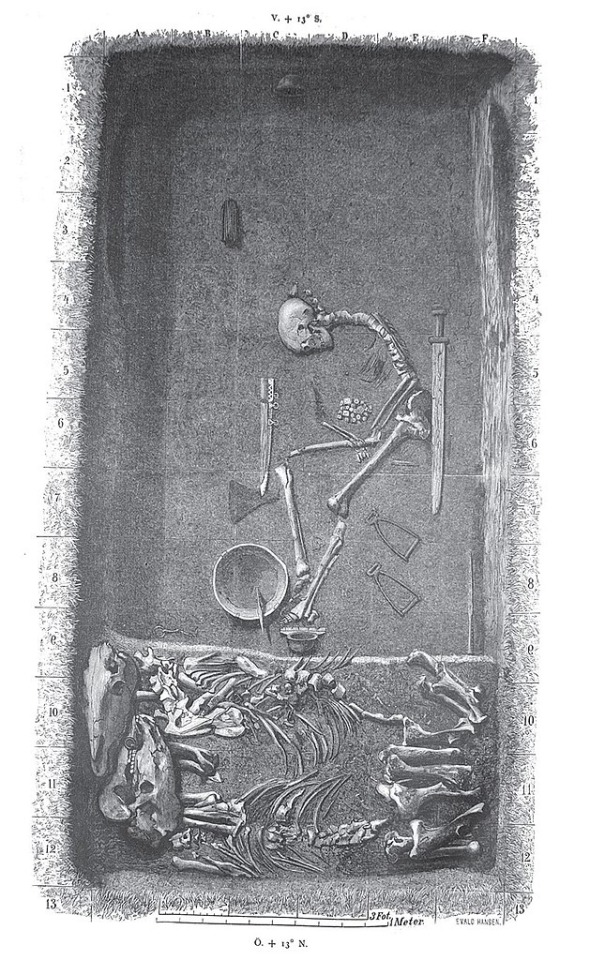
This grave was found on Birka (Björko) in 1878. The grave contained human remains, remains from two horses, bowls, weaponry, a shield(boss), a chess game and saddle stirrups. The burial room was built in wood. Most likely the person was buried seated, with the bones collapsing on themselves. Some remains of textile were found.
The assumption that the person was a man was quickly made and the “high status burial of a Viking warrior” was often cited in research.
It would take until 2017 when both osteological and genetic testing proved the person was in fact a woman. To this day it is the only genetically and archaeologically proven female warrior from the Viking age.
The reason I say genetically AND archaeologically is because it is assumed that gender was a very loose concept in the Germanic age. Biological gender wasn’t necessarily denied, but there are indications that people would take on “the role” of the other gender. A woman could “step up” as a man’s son, as seen in blood feud tales where the patriarch is killed, but if there is no son to avenge him, a woman would “take up the role” and set out, armed for revenge.
Biologically male individuals have been found with “female” attributes such as beads, pendants and certain decoration styles.
From the limited amount of research there is, it seems possible that cross-dressing, gender fluidity and gender role exchange were very normal before mass christianization.
Excavated by: Hjalmar Stolpe
Found in: Birka, Björko, Ekerö - Sweden
Drawing by: Hjalmar Stolpe
#frankish#merovingian#viking archaeology#archaeology#carolingian#charlemagne#field archaeology#viking mythology#merovingian archaeology#germanic mythology#valkyrie#Walküre#Wagner#richard wagner#norse mythology#anglo saxon#field archaeologist#frisian#viking#vikings#germanic#germanic folklore#germanic archaeology#odin#wodan#anglo saxon archaeology#history#jewelry#norse
295 notes
·
View notes
Text

The Sons of Clovis II, also called "Les Énervés de Jumièges"
by Évariste Vital Luminais
#évariste vital luminais#art#merovingian#sons#clovis ii#franks#frankish#france#french#geemanic#river seine#boat#medieval#middle ages#gaul#europe#european#history#merovingians
82 notes
·
View notes
Text
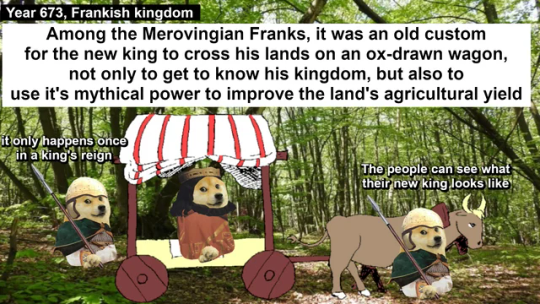


15 notes
·
View notes
Text
Archaeological things that made me happy 2

The Wijnaldum Fibula, a bow brooch from Great Frisia, was found plowed to bits. Metal detectorists and archaeologists spend years searching the fields of Wijnaldum trying to complete the brooch and to the world’s (and my) joy, the brooch was reassembled to its most complete form in 1500 years.
The garnet inlay originates from India, and two Dirham coins were found, signifying long distance trade with the East.
Just for the fun of it, can you spot Wotan’s face in the garnet inlay?
#Odin#Norse god#Wijnaldum fibula#Wijnaldum brooch#great Frisia#Frisia#Merovingian#Charlemagne#archaeology#history#indiana jones#archaeology meme#field archaeologist#field archaeology#metal detection#ancient arabia#Vikings#Viking#Wotan#germanic mythology#viking mythology#Norse mythology
193 notes
·
View notes